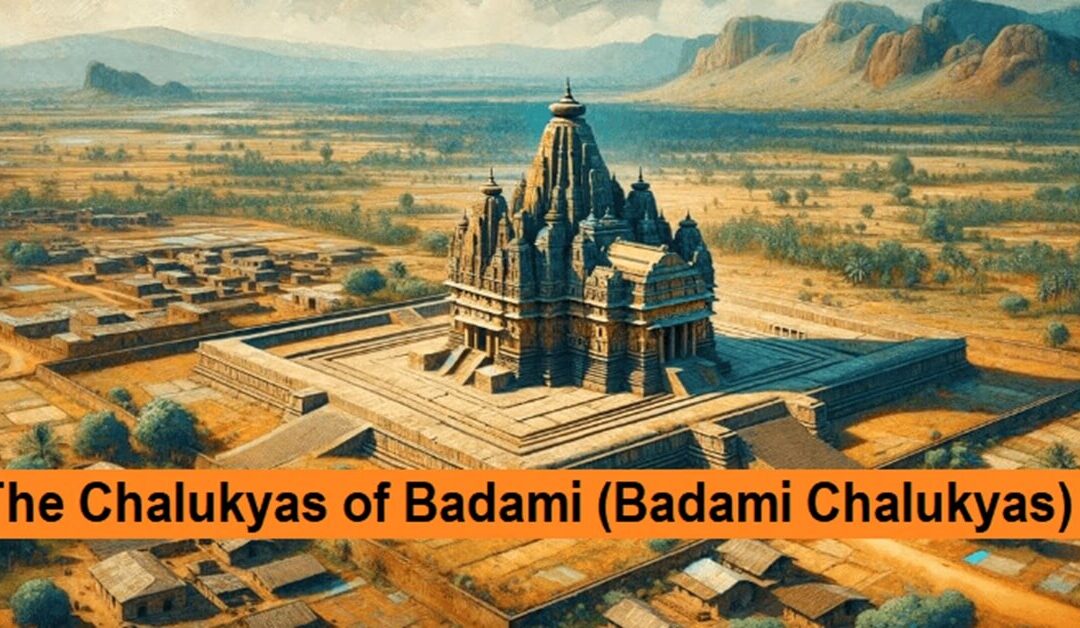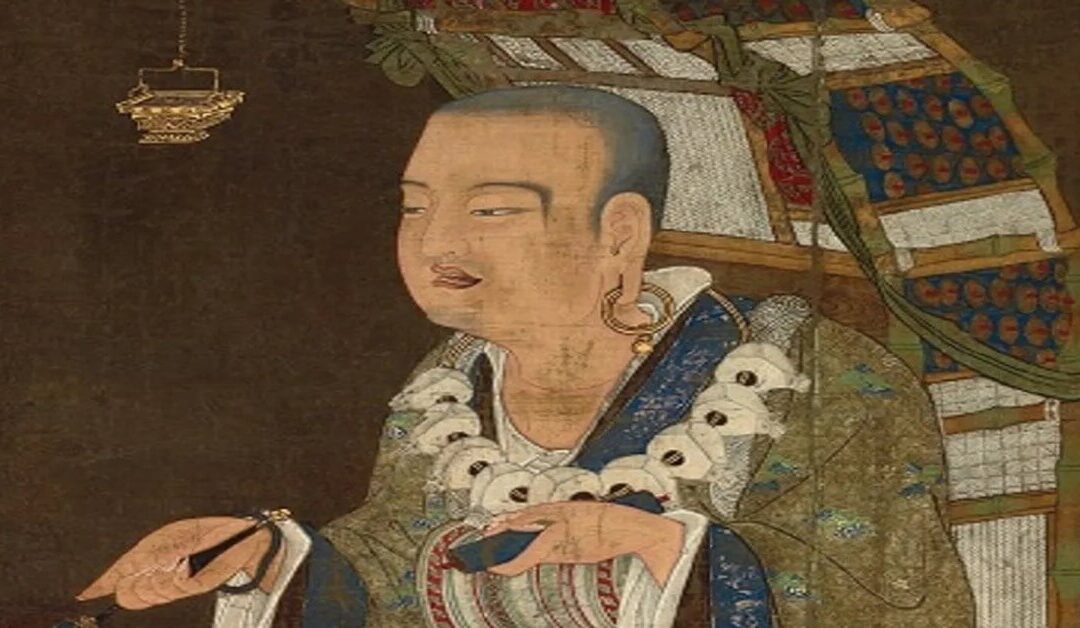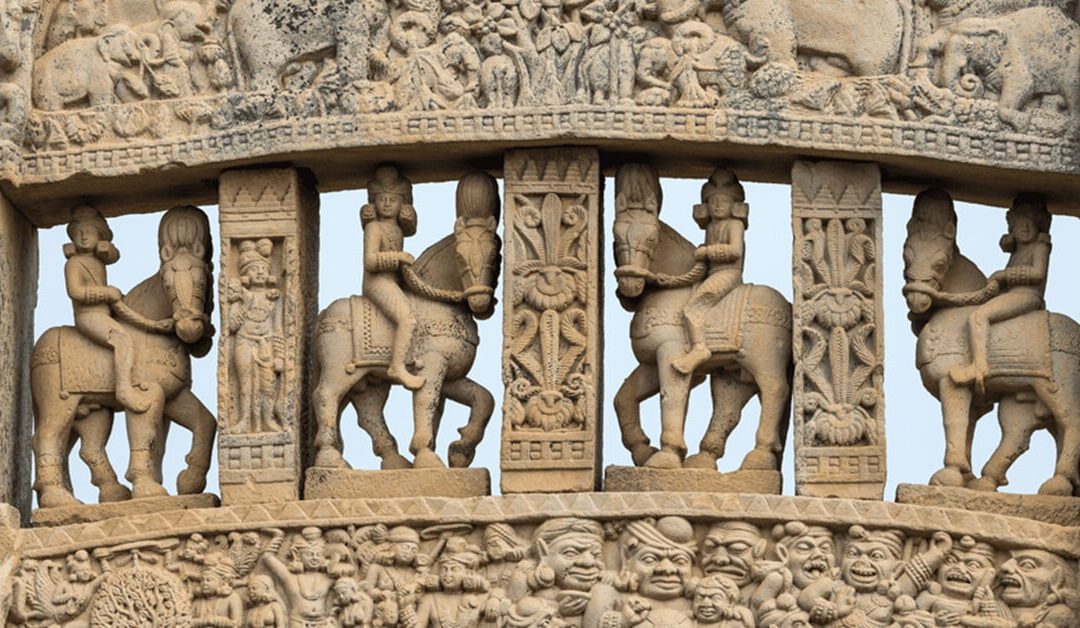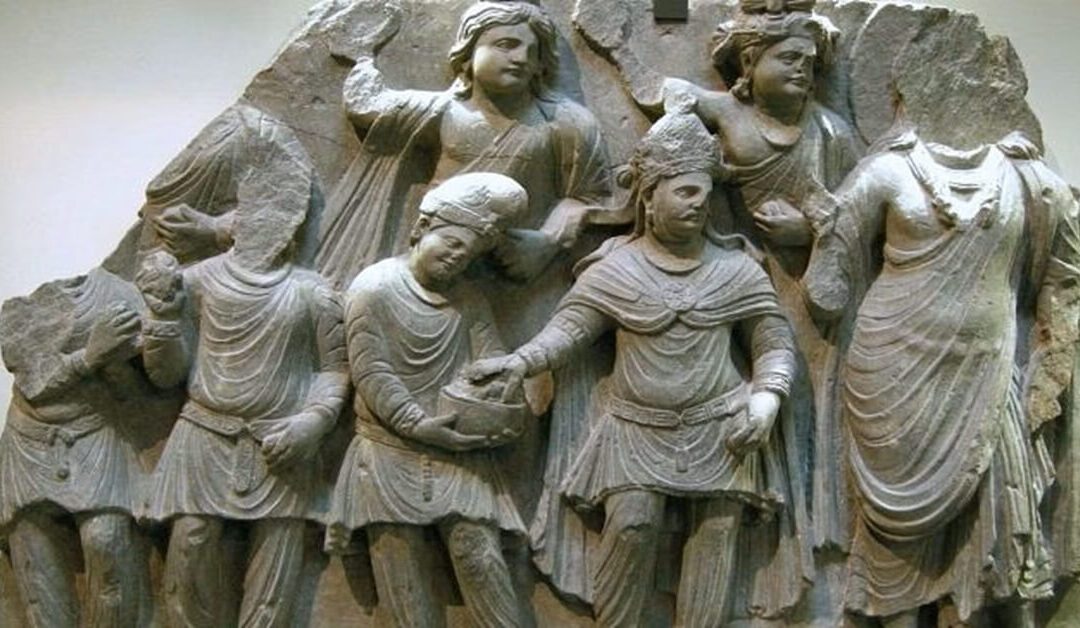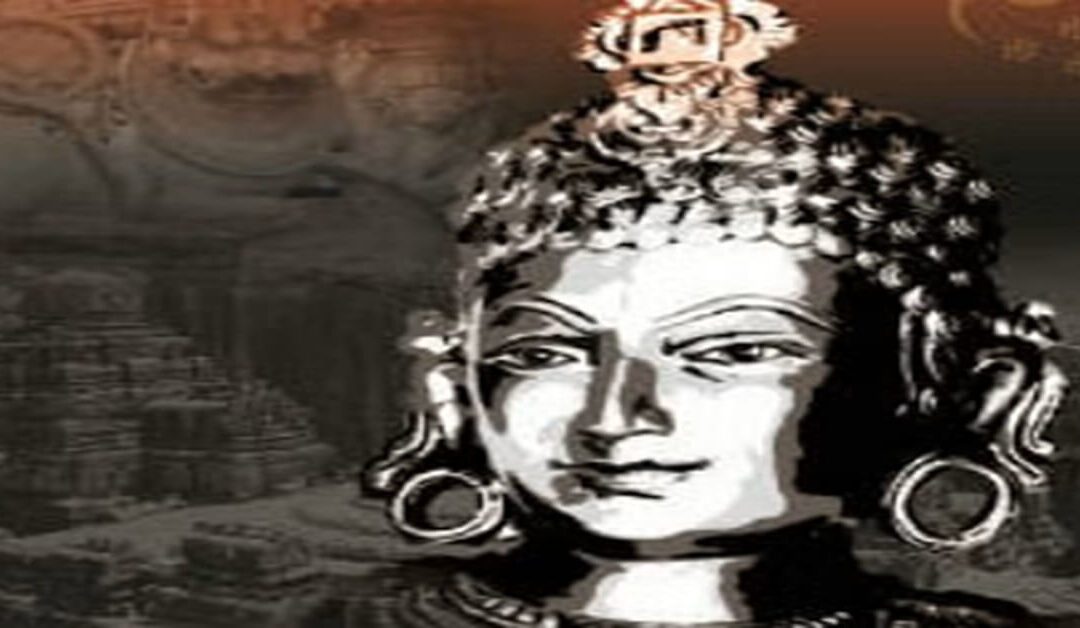
Amoghavarsha I: The Ashoka of the South
Amoghavarsha I, also known as Amoghavarsha Nrupatunga I, was the greatest emperor of the Rashtrakuta dynasty, reigning from 814 to 878 CE. His rule, which spanned an impressive 64 years, remains one of the longest precisely dated monarchial reigns in history. His reign marked a period of unprecedented growth and flourishing in literature, culture, and architecture, making him one of India’s most revered emperors.
The Rise of a Great Monarch
Born in 800 CE, Amoghavarsha ascended to the throne in 815 at the tender age of 14, after the death of his father, Emperor Govinda III. His early reign was marred by internal strife, as several rebel factions and neighboring kingdoms challenged his authority. Despite these early challenges, Amoghavarsha, with the support of his loyal uncle Kakka and trusted admiral Bankeya, swiftly re-established his control by 821, overcoming multiple rebellions, including one led by the Western Ganga dynasty. In the face of adversity, he implemented a policy of diplomacy, securing marital alliances that brought peace with the Gangas, Chalukyas, and Pallavas.
A Visionary Ruler
Amoghavarsha’s achievements were not limited to military victories. His most lasting legacy lies in his contributions to literature, culture, and religion. He was a patron of the arts, literature, and scholarship, fostering a golden age of Kannada and Sanskrit literature. Amoghavarsha himself was a scholar and poet, co-authoring Kavirajamarga, the earliest extant literary work in Kannada. His passion for literature was evident in his support for scholars such as Mahaviracharya, Jinasena, Virasena, and Sri Vijaya.
His intellectual prowess extended beyond literature. Amoghavarsha is credited with authoring Prashnottara Ratnamalika, a religious work in Sanskrit, showcasing his deep understanding of spirituality. Despite being a follower of Jainism, he was tolerant of all religions, extending his patronage to Jainism, Buddhism, and Hinduism alike. His devotion to Goddess Mahalakshmi was so great that he offered his finger as a sacrifice to save his subjects from a plague, earning him the admiration of his people.
The Magnificent Capital of Manyakheta
One of the most remarkable feats of Amoghavarsha’s reign was his relocation of the Rashtrakuta capital from Mayurkhandi (modern-day Bidar) to Manyakheta (present-day Malkhed, Karnataka). The new capital city was designed to rival the grandeur of Lord Indra’s celestial abode. The capital was marked by its elaborate architecture, showcasing the finest craftsmanship of the time. This city became the epicenter of cultural and intellectual activity during his reign.
A Diplomatic Mastermind
Amoghavarsha was not only a formidable warrior but also a master of diplomacy. His reign was characterized by several key diplomatic achievements. He successfully defeated the Eastern Chalukyas of Vengi in a decisive battle at Vingavalli, after which he secured a marriage alliance with the Chalukyas to ensure peace. Similarly, he forged strong alliances with the Pallavas by marrying his daughter to Nandivarman II, further strengthening his influence in South India.
His efforts in diplomacy extended beyond the subcontinent. The Arab traveler Sulaiman, who visited his court in 851 CE, described Amoghavarsha as one of the four great kings of the world, alongside the Roman Emperor, the Chinese Emperor, and the Khalifa of Baghdad. This admiration highlights Amoghavarsha’s stature on the global stage during his time.
Legacy and Cultural Contributions
Amoghavarsha’s contributions to culture were monumental. Under his patronage, Kannada language and literature flourished. He supported the creation of several architectural marvels, including the Jain Narayana Temple at Pattadakal, now a UNESCO World Heritage Site. His reign also saw the construction of the Neminatha Basadi at Manyakheta and a basadi at Konnur, all of which continue to stand as testaments to his architectural vision.
Amoghavarsha’s reign is remembered not only for its military and political successes but also for its cultural vibrancy and religious tolerance. His reign brought stability and prosperity to the Rashtrakuta dynasty, making him a legendary figure in Indian history.
The Peaceful End of a Great Reign
Amoghavarsha voluntarily retired from the throne in 877 CE, leaving behind a prosperous empire and a legacy that would endure for centuries. His peaceful and scholarly nature earned him the title “Ashoka of the South,” a fitting comparison to the legendary Mauryan Emperor Ashoka. Today, Amoghavarsha I’s reign stands as a beacon of enlightened leadership, cultural flourishing, and religious tolerance in Indian history.

